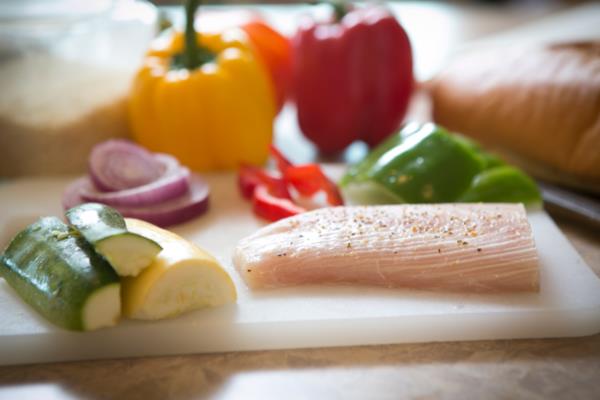Older adults who receive a diagnosis of diabetes may feel they have to give up all the foods they love. That’s not entirely true. Sure, they may have to say no to ice cream and white bread, but you can help the senior you care for adapt by offering new choices that will satisfy his or her desire for sweets and starches while keeping blood sugar levels stable.
Say yes to these 10 choices the American Diabetes Association calls “diabetes superfoods”:
1. Berries
Some fruits contain as much sugar as candy does, but berries go on the ‘safe’ list for seniors with diabetes. Strawberries, blueberries, blackberries, raspberries -- they all offer a sweet touch to any meal without elevating blood sugar levels too much.
2. Skim milk and fat-free yogurt
Choose milk fortified with Vitamin D, which can help older adults maintain bone health. When it comes to yogurt, look for sugar-free varieties. A fruity cup of yogurt makes a great dessert for those with diabetes.
3. Citrus fruits
Avoid fruit juices (which almost all contain added sugar) and go for the whole fruit. Oranges, lemons and limes can be eaten whole or used to add zest to other dishes. The exception? Grapefruit. Most older adults should avoid this citrus fruit because it contains compounds that may interact with medications. Be sure to talk with your loved one’s physician or pharmacist to understand how foods might affect medications.
4. Sweet potatoes
Sweet potatoes satisfy that craving for a starch with the meal but don’t cause post-meal blood sugar spikes the way white and red potatoes do.
5. Whole grains
Whole grain breads, oatmeal, brown rice and barley allow your aging loved one to enjoy bread with meals. Slow-digesting whole grains taste great and generally don’t negatively affect blood sugar levels the way refined grains like white flour can.
6. Tomatoes
Older adults with diabetes can consume tomatoes to their heart’s content. Tomatoes are loaded with Vitamins C and E, along with iron. Eat them raw or cooked. (Read the labels of canned tomatoes and spaghetti sauces, which can contain undesirable levels of added sugar and salt.)
7. Dark Green Leafy Vegetables
These nutrient powerhouses include spinach, kale, collard greens, beet greens and many others. Older adults who take a ‘blood-thinning’ medication like warfarin (Coumadin) should avoid dark green leafy vegetables, but all others can consume these with abandon. Again, be sure to talk with your loved one’s physician or pharmacist to understand how foods might affect medications.
8. Beans
Packed with fiber, beans of all types -- navy, kidney, pinto -- provide protein along with the essential minerals magnesium and potassium.
9. Fatty fish
Choose fresh or frozen fish like salmon once a week or more to garner the healthful effects of its Omega-3 fatty acids. Canned salmon and tuna count, too, and may provide a more affordable option.
10. Nuts
Almonds, walnuts, pecans and other tree nuts provide nutrients and protein, which helps keep blood sugar levels stable. Go for unsalted varieties.
Changing one’s eating pattern can be very difficult, especially for those who are older. Instead of telling them what they can’t eat, help them overcome dietary challenges by suggesting foods they can say ‘yes’ to every day.
In-Home Care for Chronic Conditions




